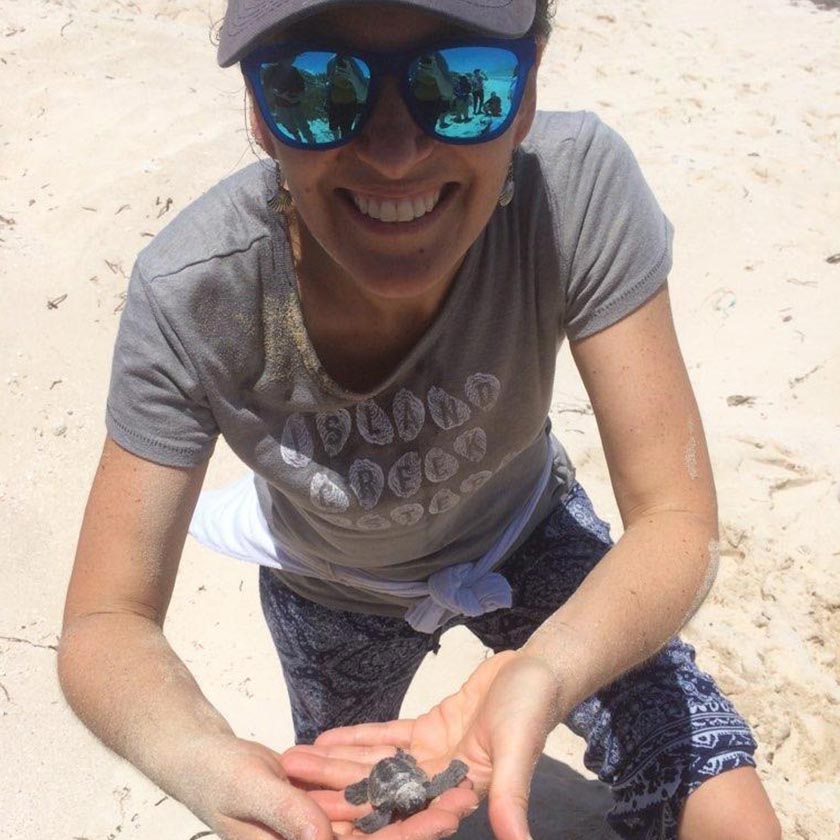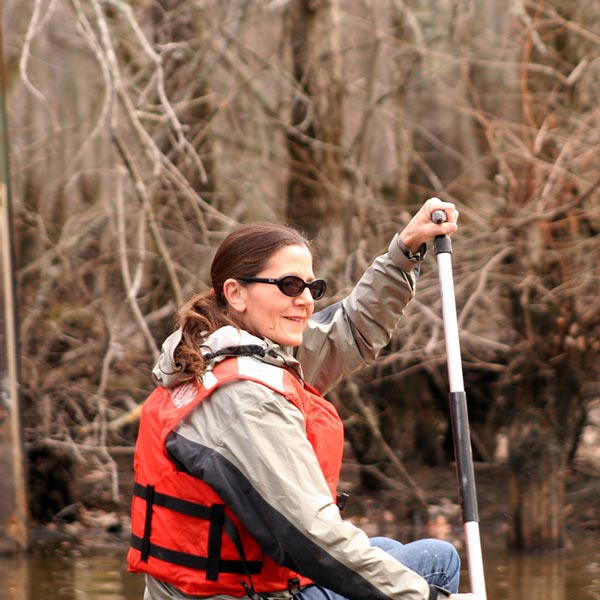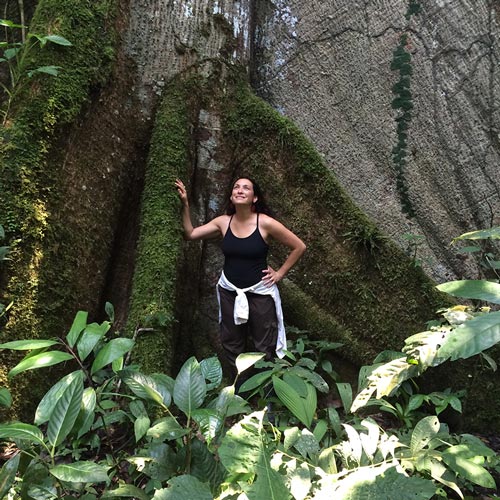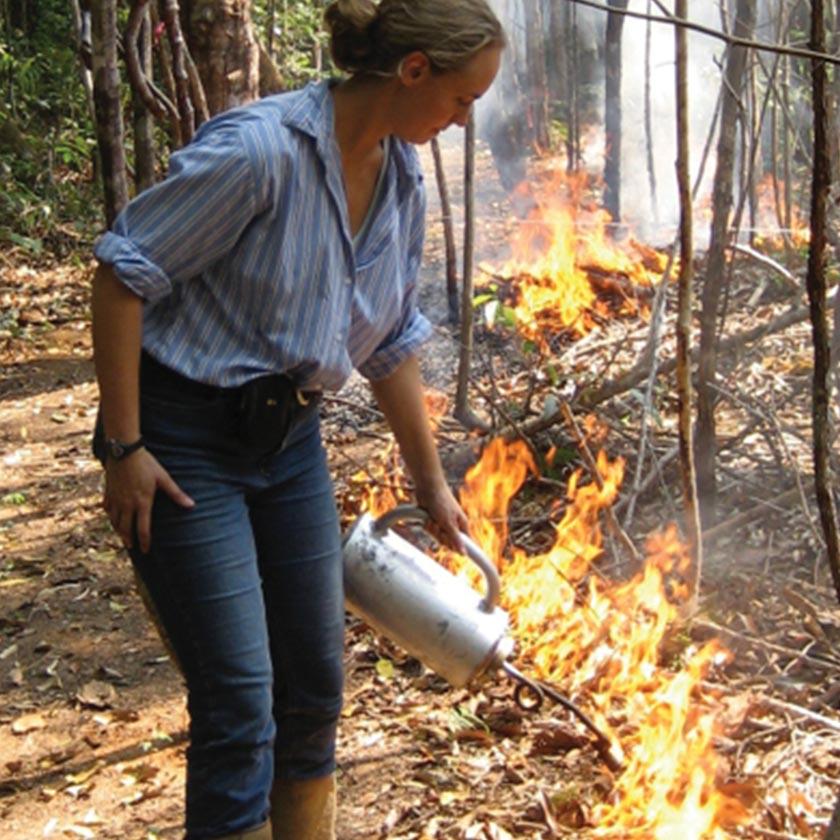From Oyster Beds Near Boston to Kelp Forests of Santa Catalina Island, Research Scientist Katie Arkema Has Always Kept An Eye on the Oceans
Katie Arkema ’08 studied at Princeton University’s Department of Ecology and Evolutionary Biology, where she received her B.A. While pursuing a Ph.D. in Ecology, Evolutionary, and Marine Biology at UCSB, Arkema researched kelp forest structure at Marine Science Institute (MSI). Today, she is a lead scientist at Stanford University’s Woods Institute of the Environment Natural Capital Project. She shares her story here.
I was born in the Phillipines and grew up right on the ocean in Duxbury, Massachusetts, kind of a microcosm of the issues that communities and states and regions are facing all over the world. It depends on tourism, oyster farming and fishing [with a] beautiful 5-mile barrier beach and marshes. I grew up playing in those marshes. I can’t say that I was a child that knew I wanted to be a marine biologist or study the ocean at that point but it was almost like it was in my blood.

Katie Arkema. Photo: Courtesy Arkema
After I graduated from Princeton, I went to Santa Catalina Island which is off the coast of Southern California. I worked on Catalina for a year teaching ocean science to mostly 6th to 8th grade children. That’s where I really fell in love with kelp forests in particular and knew what I wanted to study in Santa Barbara. I just thought it was so exciting that the folks I would need to study the kelp forests with were right there and I could watch a field program right from UCSB.
In a typical ecology department, you might have a committee that were all ecologists but at MSI, I had a naturalist and an oceanographer and a world-renowned ecologist, so it [was] a chance to make connections among different fields and draw on different approaches and different disciplines to understand the system that I wanted to study. You don’t often get to take advantage of that kind of diverse set of perspectives and approaches and experiences as a student.
Now in its 50th year, MSI has this sort of natural laboratory right alongside one of the most important ocean systems in California. It really is a way to bring together geographers, oceanographers and marine biologists. It’s an institute that allows you to study and work with these world- renowned scientists in a very interdisciplinary way.
[At MSI], I worked as part of the Santa Barbara Coastal Long Term Ecological Research Project, part of the National Science Foundation. It now has probably 20 different sites where scientists have been investing in long- term ecological monitoring which is really important for being able to have a baseline understanding of these systems as they get [disturbed] by global change like climate change. Kelp forests are really important. You think of them as foundation species because they support many other ecologically, economically important species and they themselves are affected by things like temperature changes in the ocean and nutrient changes and waves. So I spent a lot of time diving along the coast of Santa Barbara and looking at changes in the abundance and distribution of kelp.
The thing that I learned at MSI--and I learned so many things--but it goes back to being a kid in Duxbury [and] how much my well-being was tied to those ecosystems. Then at MSI, the focus for me was on the kelp forest that are so important for the fisherman and the tourism industry in Santa Barbara. That was a big part of my experience at MSI and I used that today in my work at the Natural Capital Project in terms of combining ecology, economics, and social science to address these big problems of climate change and sustainability.


